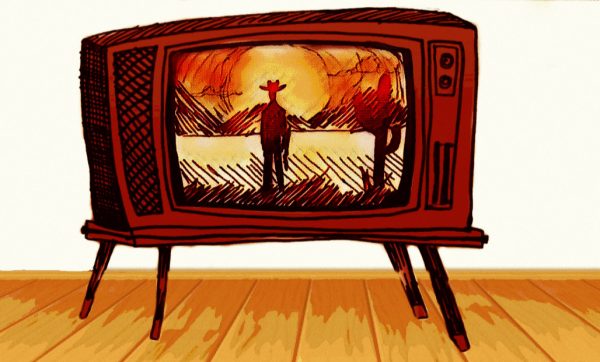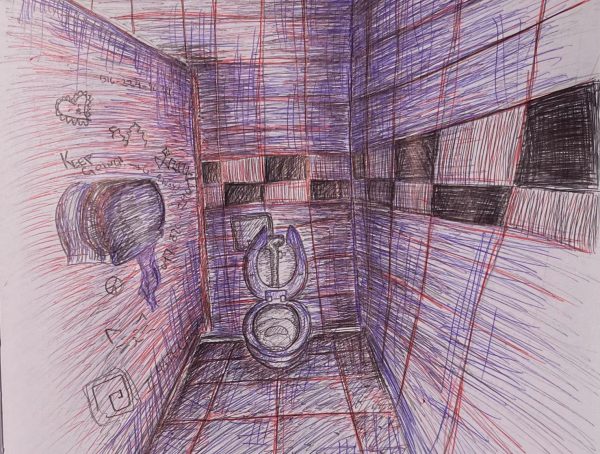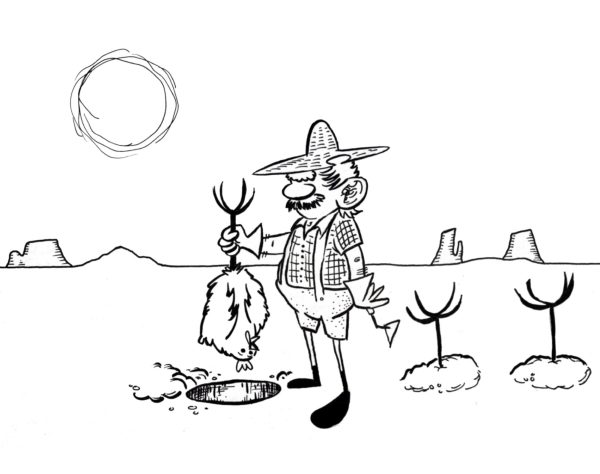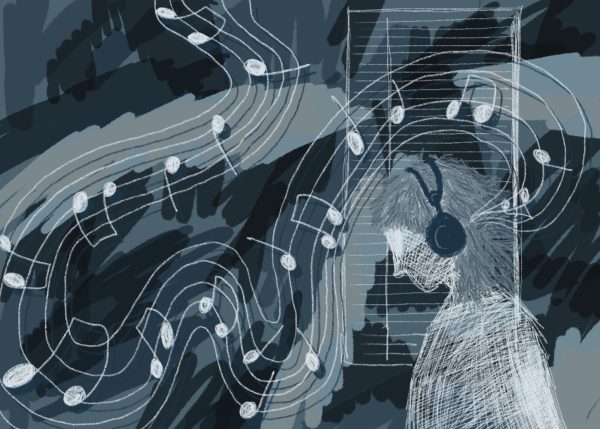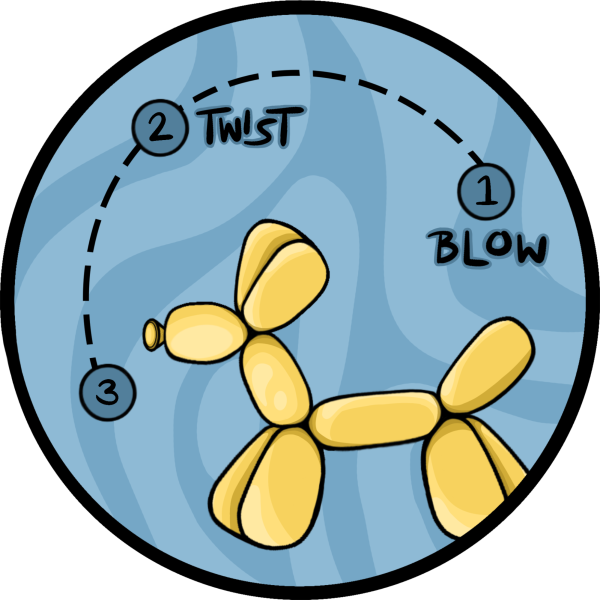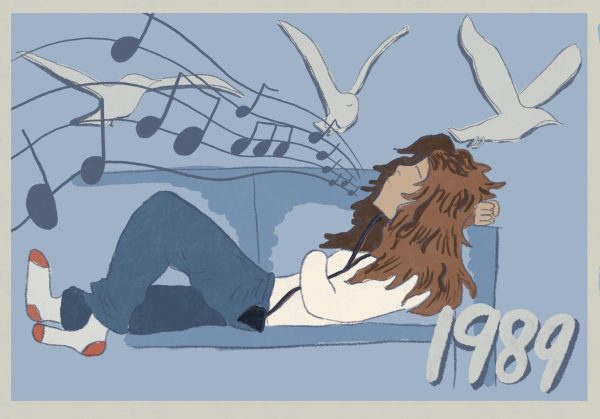Cracking the code of the war
The year was 1939. Hitler and his war machine were steamrolling through Europe and the British secret service recruited a mathematical genius to help stop him.
The Nazis employed the use of the Enigma machine, one of the most complex devices ever used for communication.
Using the device, they publicly distributed messages that are almost impossible to decipher. The chance of cracking this code is one in 159 quintillion.
Alan Turing (Benedict Cumberbatch, voice of Smaug in “The Hobbit” Trilogy), the star and mathematical genius employed to defeat the code, is awkward and abrasive to his colleagues, similar to Sheldon Cooper from “The Big Bang Theory.”
However, with his close friend and fiancée, Joan Clarke, played by Keira Knightley, he leads a team of cryptanalyst to decipher the machine.
Historians believe that his work shortened the war by two years and saved millions of lives.
Set in rural England, the film covers Turing’s life from his schoolboy years to his middle-aged work as a professor and time as an analyst for MI6.
However, beneath the dominant plot of breaking the Nazi code exists another conflict: Turing’s homosexuality in a time when it was illegal to be gay in Britain.
His relationship with Clarke is no more than an attempt to cover up his homosexuality, although they maintain a close friendship.
“The Imitation Game” was entertaining and thought-provoking. For fans of espionage, drama, romance or war movies, it is a pleasant way to spend two hours.
It also pays homage to the long history of repression of the LGBTQIA+ community. The movie serves as a reminder of the systematic persecution of homosexuals in the not-so-distant past.
Brilliant acting and directing make “The Imitation Game” a strong contender for eight Academy Awards including Best Picture, Best Actor in a Leading Role and Best Director.


